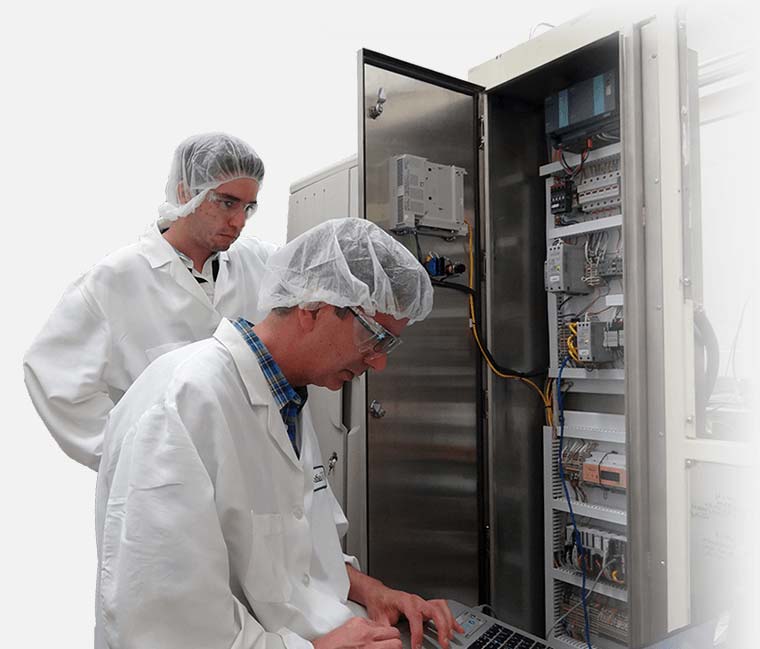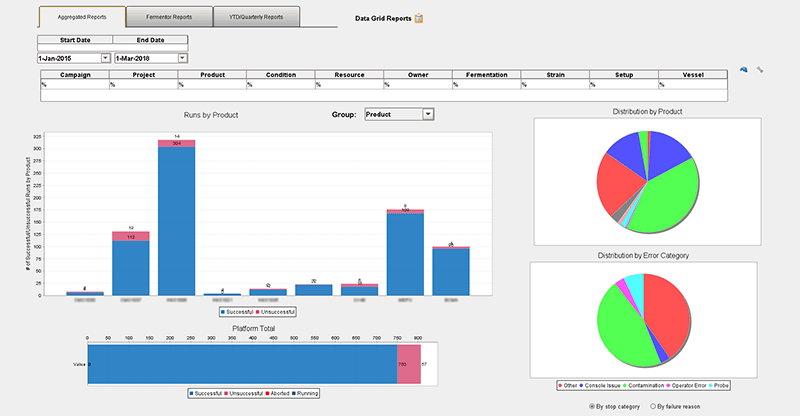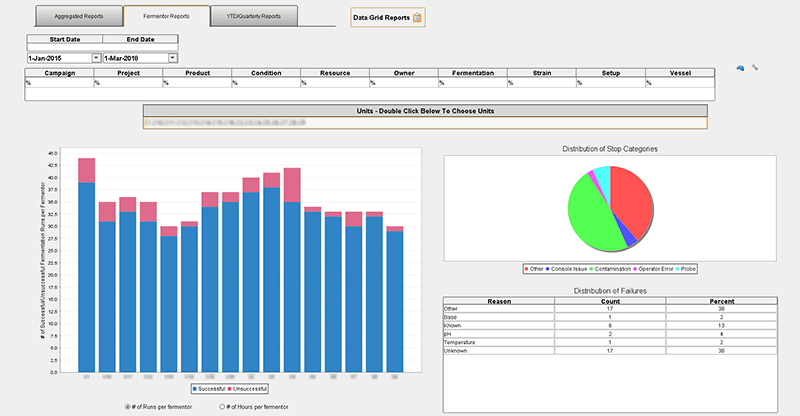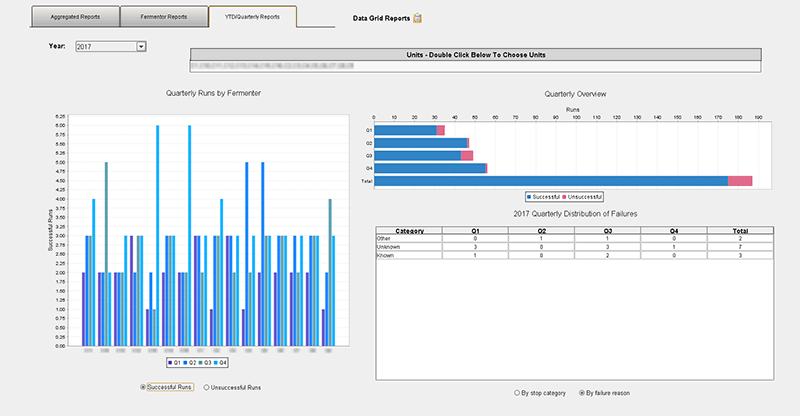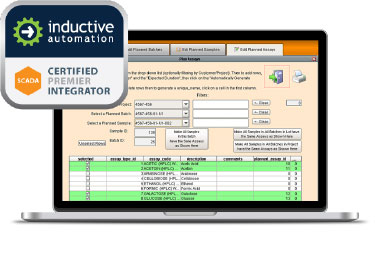A customer of ours was tired of sleepless nights worrying about temperature drift and random failures ruining their runs. They asked us to design and build a
bioreactor control system
with the capability to achieve finer, more reliable control – beyond anything available in an off-the-shelf unit.
This new system would be designed to be easily upgraded; to support new technologies like cell density, optical DO, and to allow the programming to be updated to support new control paradigms like perfusion and DO-Stat.
We started with all industrial-quality parts from suppliers known for their product reliability; Watson-Marlow pump heads and IDEC & Beckhoff PLC’s. We included digital and analog interfaces to Mettler-Toledo and Hamilton sensors, MODBUS, OPC, and direct digital communications to gas controllers like Alicat and Brooks. We continue to use no proprietary hardware in our systems.
Then, and now, we ask our customers for their ideas and continue to add features and enhancements to the system. All these upgrades that are rolled out in new systems are also available to our existing customers. We delivered our first controller in 2007 and, because of regular updates, it is running the same software we deliver today. We don’t believe in “retiring” a system just so we can sell you a new one.
So what if ILS gets hit by a meteor? We thought of that too. When we deliver a new bioreactor controller, we also deliver all of the software, schematics, and code required to maintain that system indefinitely. Have an idea to improve your interface? We can upgrade your systems and add custom features remotely through web meetings. That means your system’s hardware and software doesn’t become obsolete. That’s the power of sticking with industry standard parts.
The icing on the cake is software that can operate our systems from anywhere (through your company’s VPN and a web browser). AND we can run all your other controllers too. AND it’s a SQL Server historian. AND it provides trending, recipe management, alarming, key performance indicators, and features that we haven’t even thought of yet.
Isn’t that how you would design your system?
